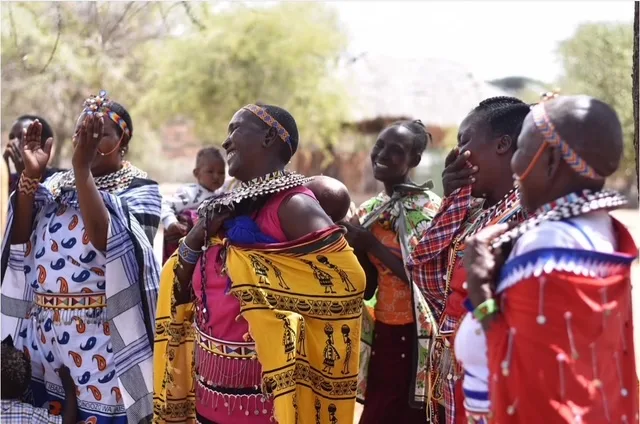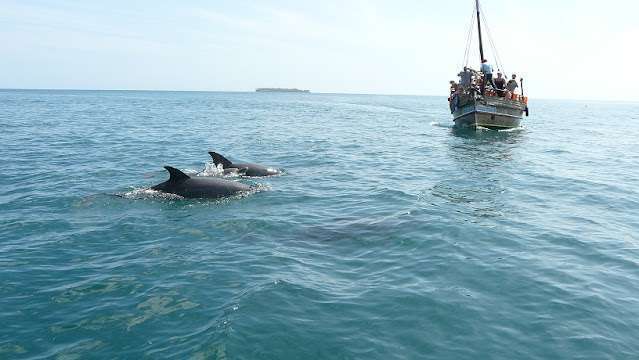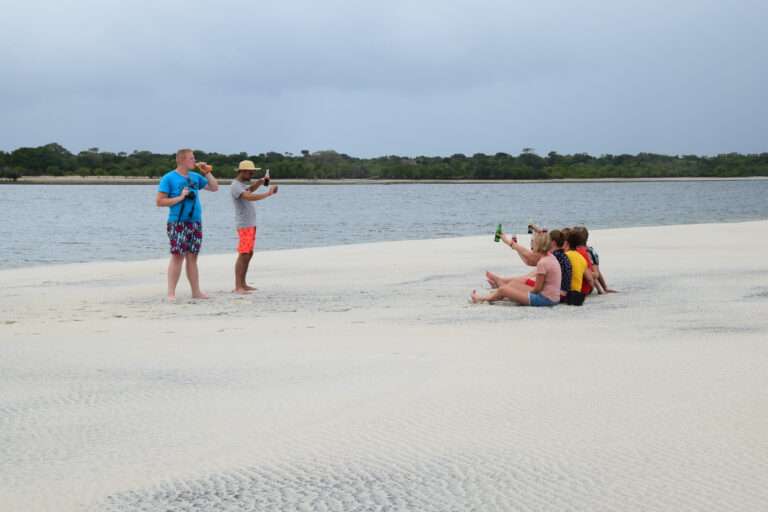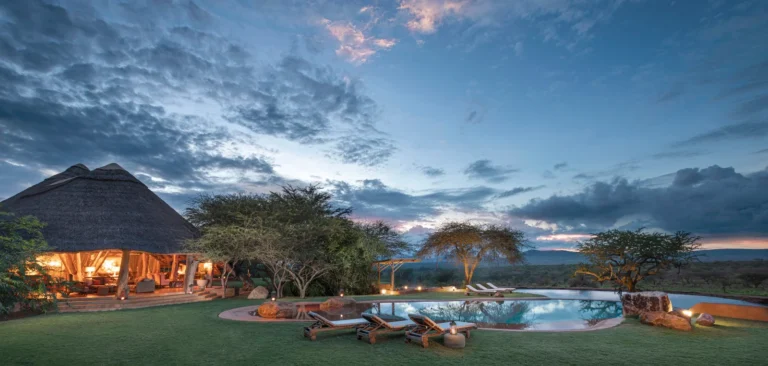- Home
- Destination
- Safaris
- Kenya
- 10 Days around Mount Kenya
- 7 Days Great Rift Bike Safari
- 7 Days Best of Birding Safari
- 7 Days Lake Turkana Safari
- 13 Days Kenya’s Historic Railway
- 14 Days Kenya’s Rift Valley Lakes
- 8 Days at the Beautiful Diani Beach
- 8 Days South Coast & Tsavo East
- 12 Days Photographic Safari
- 10 Days Beach Safari from Diani to Lamu
- 8 Days Kenya Horizon
- 12 Days Across Kenya
- 10 Days Flying Safari Amboseli and Northern Kenya
- Tanzania
- Uganda
- Rwanda
- Kenya
- About Us
- Travelling Tips
- Gallery
- Blog
- Home
- Destination
- Safaris
- Kenya
- 10 Days around Mount Kenya
- 7 Days Great Rift Bike Safari
- 7 Days Best of Birding Safari
- 7 Days Lake Turkana Safari
- 13 Days Kenya’s Historic Railway
- 14 Days Kenya’s Rift Valley Lakes
- 8 Days at the Beautiful Diani Beach
- 8 Days South Coast & Tsavo East
- 12 Days Photographic Safari
- 10 Days Beach Safari from Diani to Lamu
- 8 Days Kenya Horizon
- 12 Days Across Kenya
- 10 Days Flying Safari Amboseli and Northern Kenya
- Tanzania
- Uganda
- Rwanda
- Kenya
- About Us
- Travelling Tips
- Gallery
- Blog
Tarangire National Park
HIGHLIGHT
Tarangire National Park gets its name from the river that threads its way through the length of the reserve. The Reserve supports a great diversity of wildlife, including giraffe, buffalo, lesser kudu, eland, oryx, zebra and the predators.
Overview
How to get there
What to See & Do
Climate
Map
Overview
Background Information
Tarangire National Park gets its name from the river that threads its way through the length of the reserve. The Reserve supports a great diversity of wildlife, including giraffe, buffalo, lesser kudu, eland, oryx, zebra and the predators. Unusually large herds of elephant inhabit this sanctuary, while majestic baobab trees dwarf the animals that feed beneath them. Wide panoramas of open acacia woodland and grassy savanna studded with large baobab trees mark Tarangire, a lesser-known scenic gem located in southern Masai land.
In the dry season months from June-October, huge herds of elephant and other big game species move peacefully toward the blue gleam of Tarangire’s namesake river. Fringe-eared oryx and lesser kudu are among the unique resident species and lions are common. Tarangire is also heralded as an ornithologist’s paradise. For a fascinating cultural experience we encourage you to participate in the tribe visits and walks.
How to get there
By Road: Easy drive from Arusha or Lake Manyara following a surfaced road to within 7km (four miles) of the main entrance gate; can continue on to Ngorongoro Crater and the Serengeti.
By Air: Charter flights from Arusha and the Serengeti.
What to See & Do
Herds of up to 300 elephant can be found, looking for underground streams in the dry riverbeds, while migratory wildebeest, zebra, buffalo, impala, gazelle, hartebeest and eland crowd the shrinking lagoons. Dry-country antelope such as fringe-eared oryx and the long-necked gerenuk are also present but rare to see. Abandoned termite mounds often house mongoose colonies. All the main predators are present, but because of thick vegetation, not spotted as often as in some of the other parks in northern Tanzania.
Climate
Tarangire has a fractured Wet season (November to May). Light showers, or the ‘short rains’, tend to close out the year, while the ‘long rains’ see heavier falls from March through May. In between is a brief dry period that gives a taste of what’s to come in the Dry season proper (June to October).
Map
Example Trips
Book Your Safari
Browse our example trips and get in contact to start planning your very own adventure.
Our Stories
© 2025 Copyright Adventure Expeditions













